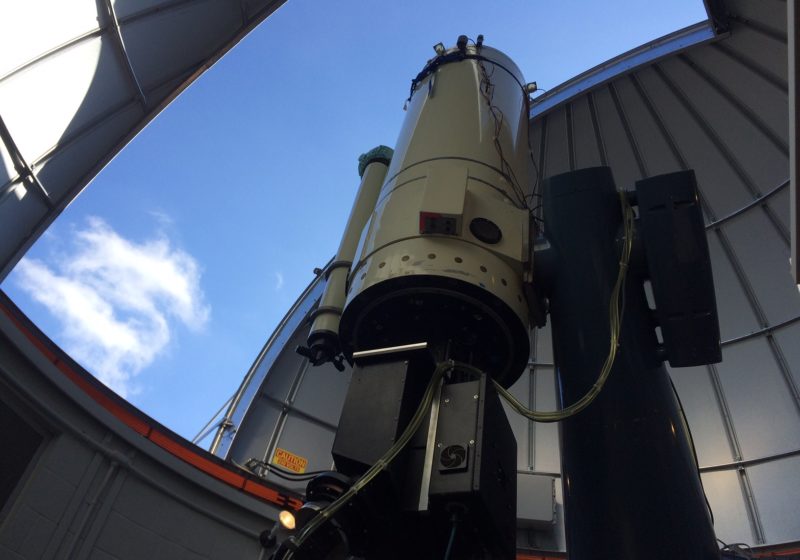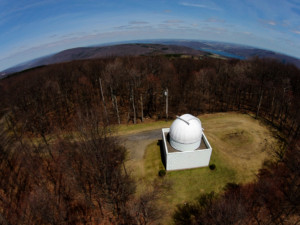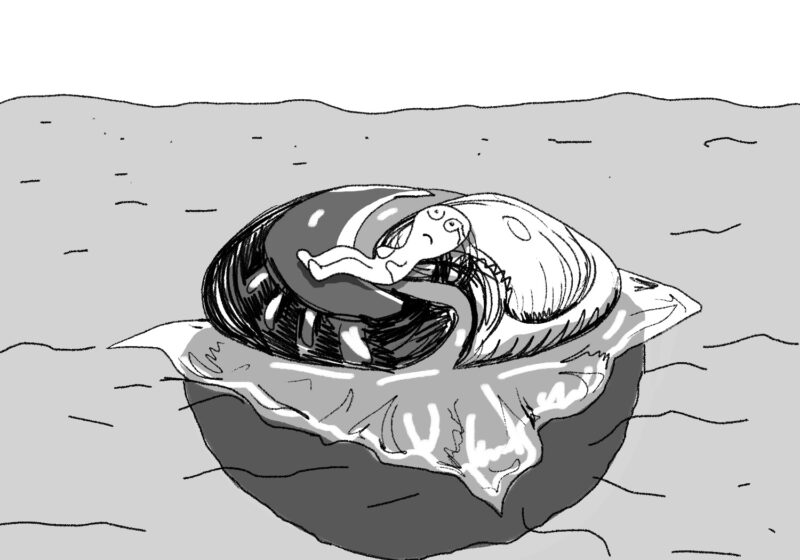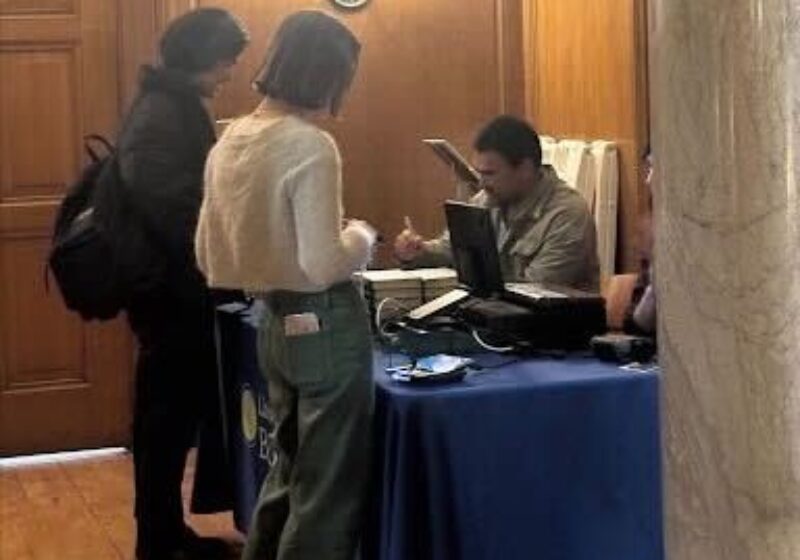The day transitioned into darkness as we headed straight to Mees Observatory. Just us: a few students, a TA, and a professor.
After an hour-long ride away from the artificial lights, we finally arrived at a crossroads.
Take a left and we’d get to the Gannett House, where visitors can stay overnight if it is too dark to drive back to campus. Take a right and from the darkness would appear the observatory: a white building with a hemispherical dome perfectly topping a cuboid house.
Located in the Bristol Hills, the observatory was named after C.E. Kenneth Mees, former director of research at Eastman Kodak. He made substantial contributions in photographic emulsions. The summer estate (with the Gannett House) was donated by Caroline Gannett after the death of her husband, Frank Gannett, founder of the Gannett Newspapers. The summit area, where the telescope sits, was given to UR by Ontario County.
Mees contains a room with computers and other complex machines to manage the main telescope upstairs. Up the narrow stairs lies the dark hemispherical vault with the gigantic telescope. The magnificent dome can be opened, closed, or turned to fit the telescope’s view. Faint red lights helped us navigate the dome while keeping our eyes dilated and adjusted to the dark.
The observatory was used extensively in some undergraduate courses, especially AST 111 (The Solar System and the Origin) and AST 142 (Introductory Astrophysics). Every student in AST111 must take such a trip once to gather images of the planets’ moons.
Professor Kelly Douglass, who taught AST 111 in fall 2018 and AST 142 this spring, revealed that the telescope is smaller and lower resolution than a research-grade telescope, so it is not particularly useful for some research. According to her, nearly 15 trips were conducted for students to collect data last semester. This semester, there are normally about five trips after spring break.
“This year, I am hoping to go up more frequently on my own to be able to take pretty pictures,” Douglass said.
The observatory is also used outside of academia. The Rochester community, amateur astronomers, and undergraduate students offer free summer tours.
The telescope is also the main attraction of the UR’s Astronomy Club. Besides planetarium trips and stargazing events, the club hold trips to the observatory about once every month. According to junior Steven Spiewak, head of the Astronomy Club, during a Mees trip, 20-25 members, including trained telescope users, would have dinner together on the way there, get to use both the main and a Dobsonian telescope, learn about the history of Mees, and chill at the Gannett House afterwards.
“We do some fantastic stargazing away from the city lights using an actual observatory, and people are able to see amazing features in the night sky that they have never seen before like galaxies, star clusters, and nebulae,” Spiewak said.
But the Mees Observatory is not only for astronomy students or members of the Astronomy club, according to Spiewak.
“It is a fantastic opportunity for anyone who just likes to look up at night.”




